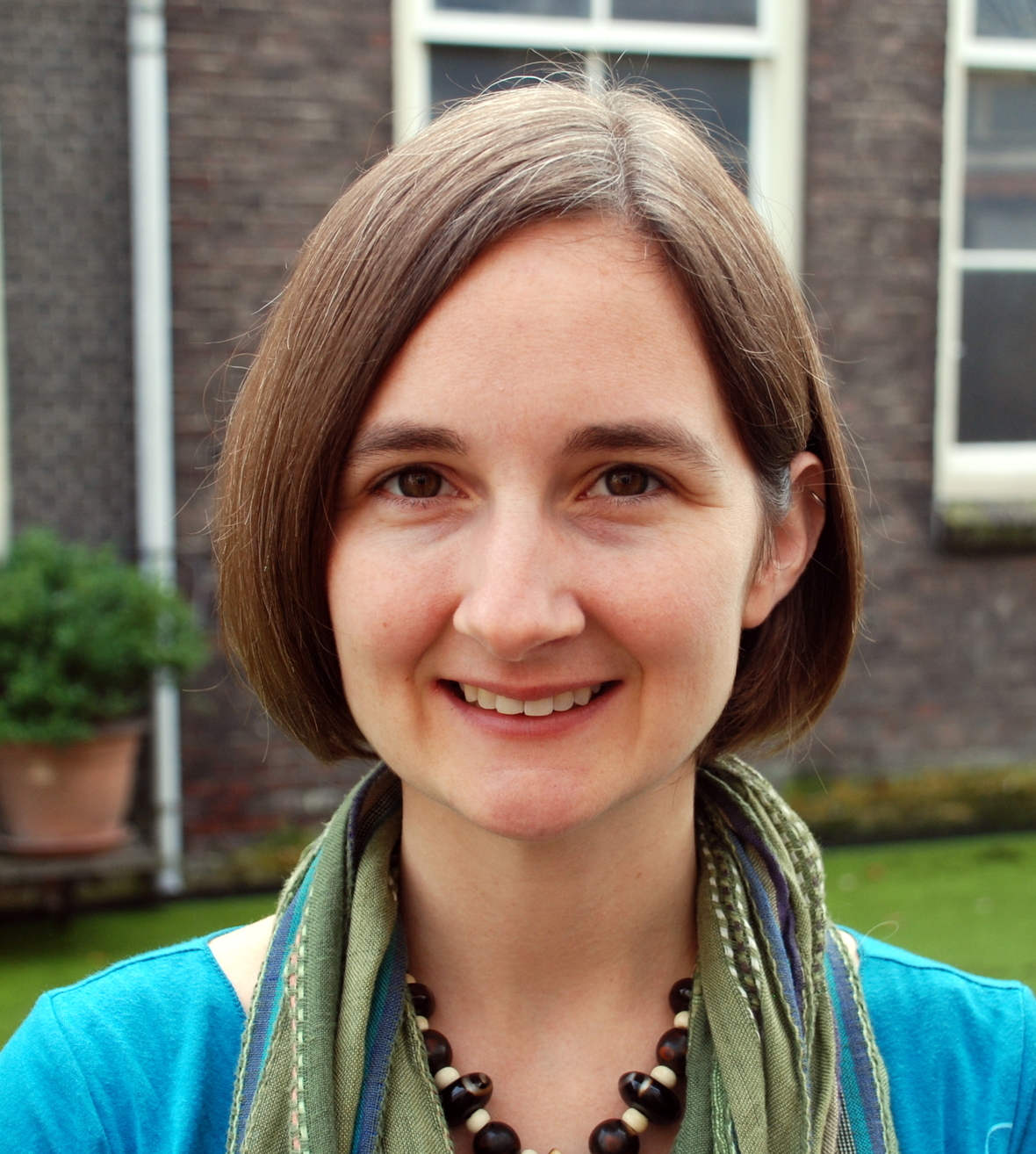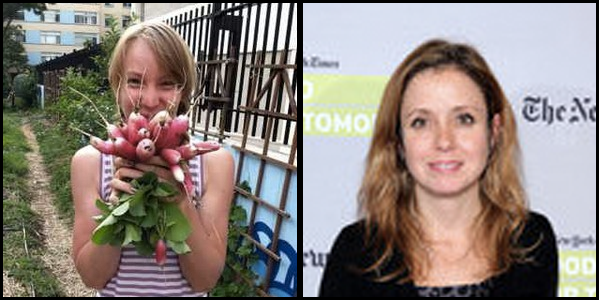|
Spring 2015 Volume 20 Number 2 ▪ About this Issue...By Jane and Larry Levine▪ Real Solutions Fresh from the Field in Tanzania...By Christina Schia
|
|
Spring 2015
Volume 20
Number 2 |
 Larry and Jane Levine |
Spring has finally come and with it another issue of this publication.
In our Fall 2014 issue, Chrisitna Schavoni wrote about her trip to Tanzania to learn about SAGCOT, the Southern Agricultural Growth Corridor of Tanzania. SAGCOT is part of a growing trend of ‘agricultural growth corridors’ in Africa, crafted by powerful global actors with the intention of speeding up private investment in agriculture across the continent. In this issue, Christina reports about her follow-up visit to Tanzania and what has taken place since she was last there. Christina is a long-time contributor to this publication and this article like previous ones is guaranteed to stir your little gray brain cells.
Alison M. Cohen is another author that has graced our pages for many years. She introduces us to Agroecology. Alison explains what Agroecology is and how it is being used effectively on a daily basis by millions of people worldwide. This system is not to be confused with sustainable agriculture or any other similar method. She explains that it is a movement for mentoring a quiet revolution from the soil to the community on behalf of Mother Earth. Alison is associated with WhyHunger where further information about this movement is available along with a free guide.
Just a few years ago, Danielle Nierenberg burst upon the scene with the introduction of an innovative program called Food Tank. Since that time, Food Tank has become the “go to” source for all those interested in anything dealing with food. In this article, she has been joined by Caitlin Troutt and they explain that there is no such thing as cheap food. In addition, this article contains sources for all of us to access information on what is being done and how we can get involved.
In our final article of this issue, we take a quick trip to Romania and see how the farmers are helping orphans and disabled people improve their nutrition. It gives us an in-depth look at the work of Heifer International and a difference the organization is making in our world. The simple gift of a cow provides life for not only the farmer but for the orphans and disabled people who receive milk and yogurt provided by the Heifer cow. |
 Christina Schiavoni |
Two newsletters back, I wrote about SAGCOT, the Southern Agricultural Growth Corridor of Tanzania, an initiative supported by powerful interests, from the G8 countries to Monsanto, to dramatically transform agriculture in Tanzania. A major concern raised by SAGCOT is that the big push by the Tanzanian government to attract private investment, particularly in farmland, could result in increased “land grabbing,” cutting communities off from life-sustaining sources of food and livelihoods. Indeed, this is already being seen in some areas. Additional concerns, which are also already manifesting to various degrees, include the limiting of farmers’ ability to save and trade their own seeds (the Tanzanian Seed Act is currently being revised along these lines); the expansion of unfair contract farming schemes between small producers and large buyers; and exploitative labor conditions as more farmers transition into laborers on large-scale plantations.
In my recent research in Tanzania, what I have found to be most mind-boggling is that, in a country where approximately 80% of the population is engaged in agriculture, the vast majority as small-scale farmers, those whose lives and livelihoods will be most directly impacted by SAGCOT have been largely left out of the picture. “Farmer consultations” have been limited to industry front groups that few farmers have ever heard of, while the country’s largest farmers organization, MVIWATA, part of the global peasant movement La Via Campesina, has never been contacted for input. When Tanzanian farmers, NGOs, and academics joined together for a 2-day meeting on SAGCOT in March 2014, the SAGCOT representative who was supposed to attend was curiously unavailable at the last minute.
Read more |
 Alison Cohen |
Agriculture is often at the center of debates, research and protests when it comes to environmental activism. On those stages agriculture is often cast as the “bad guy.” And for good reason. The list of offenses is egregious: pollutant run-off into streams; significant deforestation to make room for endless fields of soybeans; fossil fuels emitted into the atmosphere contributing to climate change; pesticides ingested by farmworkers and consumers. I could go on! Even under the label of organic, industrial agriculture comes under fire for the use of heavy machines, intensive irrigation and weed control, which arguably leads to soil erosion especially when monocrops are involved.
But there’s a quiet revolution under way by peasants and farmers worldwide that will resonate with many of us -- consumers and advocates for a more sustainable food system as well as environmental activists. It’s called agroecology and it has the potential to get loud. Agroecology is a science and practice defined in the daily lives of millions worldwide. It represents both a form of agricultural production and a process for organizing and building community self-determination. Not to be confused with sustainable agriculture, regenerative agriculture or other environmentally-friendly farming practices, agroecology is a way of life and a pathway to end hunger, protect our natural environment and transform society. It’s farming, feeding, restoring, preserving, protecting and democratizing, grounded in the accumulated (and still accumulating knowledge) of those relying on nature’s resources to nourish their families and communities. And it begins with an intuitive understanding that ecology is about the interdependent relationships of natural organisms – including humans – to their local environment. Key to an agroecological approach is not just the production of food, but the production of knowledge.
Read more |
 Danielle Nierenberg and Caitlin Troutt |
Imagine if the price you paid for a hamburger included factors such as heart disease, the number one cause of death worldwide; or the runoff of manure spread on fields from concentrated animal feeding operations; or injuries to workers in slaughterhouses and processing plants; or the poor animal welfare practices in livestock operations. It would certainly be more than US$.99 and would not be part of the value menu.
But advocates for more sustainable food production are working with farmers, public health professionals, economists, scientists, and others to account for these hidden costs through True Cost Accounting, which assigns value to the social, environmental and health impacts of producing food. Taking these costs into account is essential; the economic cost of global environmental degradation from industry is estimated at US$2 to US$5 trillion per year.
TCA has the potential to make industrial food production seem unreasonably harmful and expensive and make sustainable food production seem not only necessary, but affordable.
Read more |
 Katya Cengel |
Lenuţa Rocaş was 25 when she heard her first words.
They were those of her 6-year-old daughter, Natalia.
“Mommy, do you hear me?”
Rocaş has been hearing impaired since infancy and only last year received a hearing aid. She still marvels at the beauty of sound, smiling at the jingle of an animal’s locating bell in Mărceşti, a Transylvanian village about an hour-and-a-half-drive outside the northwestern Românian metropolis of Cluj-Napoca.
“I am happy to hear everything, even this little bell,” she said.
It was a chilly winter day and Natalia and her 2-year-old brother, Darius, were wrapped in so many layers they looked as if they might tumble down the hill like snowballs. Their father, Adrian, not yet 30 and handsome, stood atop a haystack. In summer he earns about $10 a day as a farmhand. Lenuţa makes $40 a month sewing tablecloths. It took them two years to save for her $400 hearing aid.
They survive on what they grow—potatoes and vegetables. Protein came only after they received a cow from Heifer România in March 2012, and then another in early 2013. Now Darius’ bottle is always filled with milk.
Read more |
  |
|
|
|